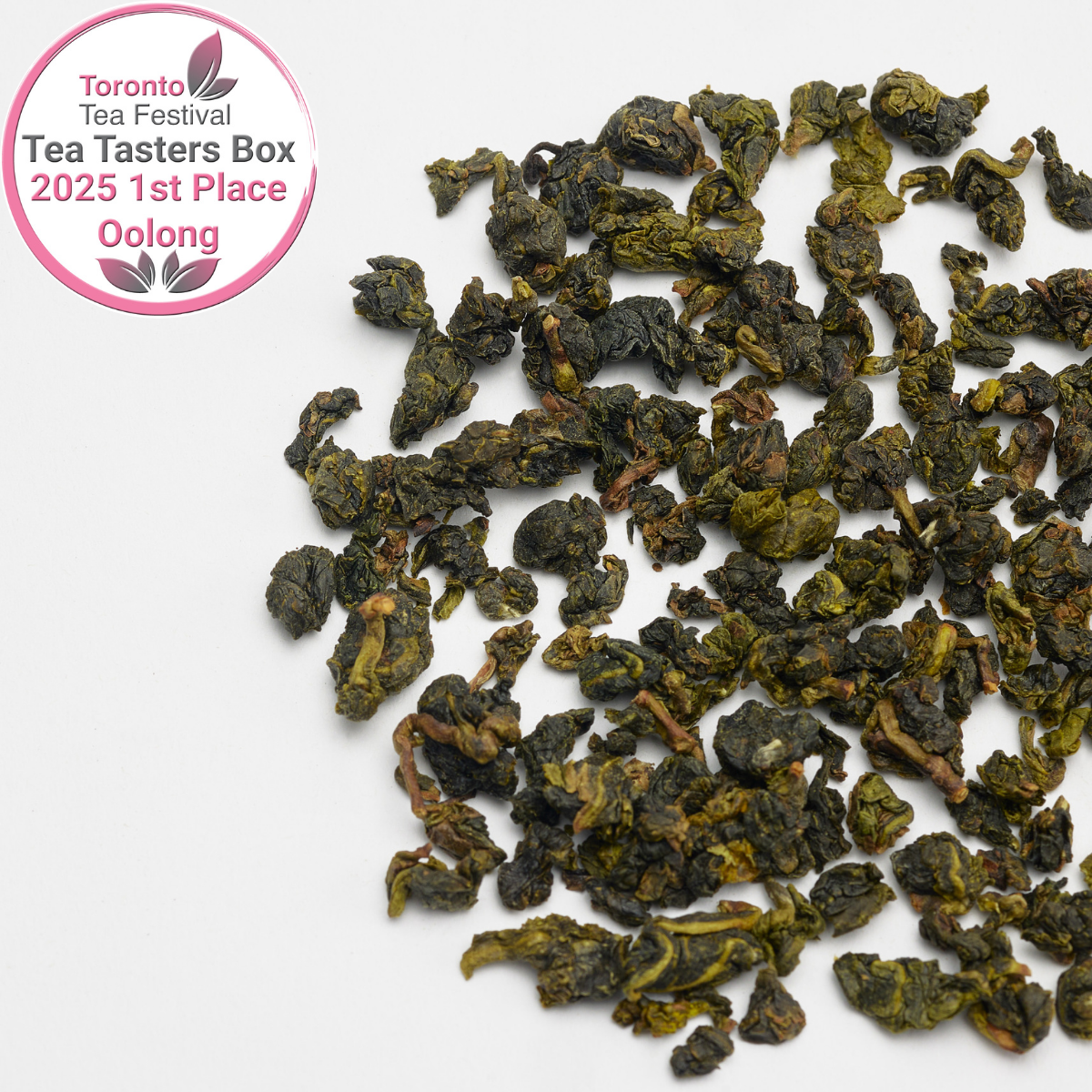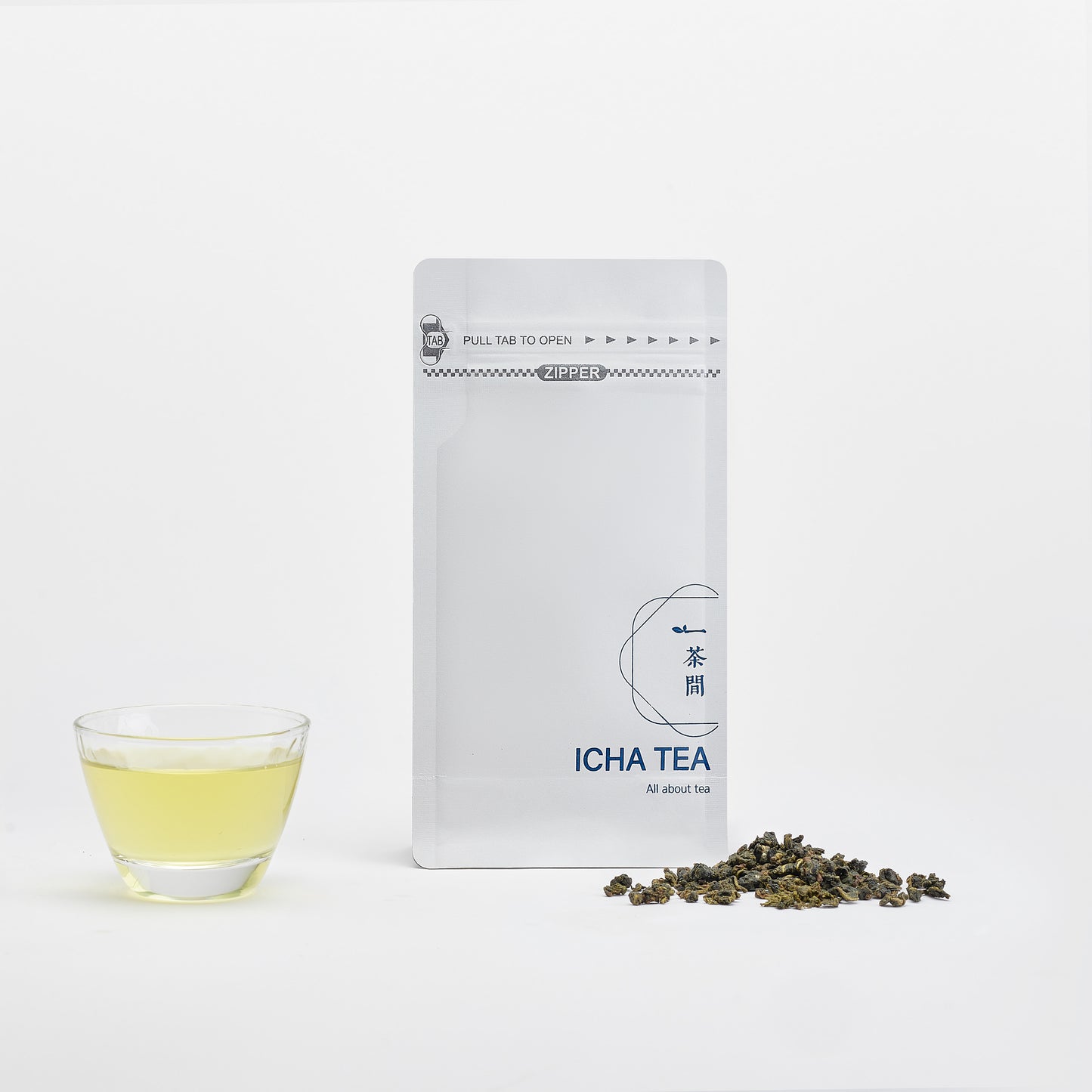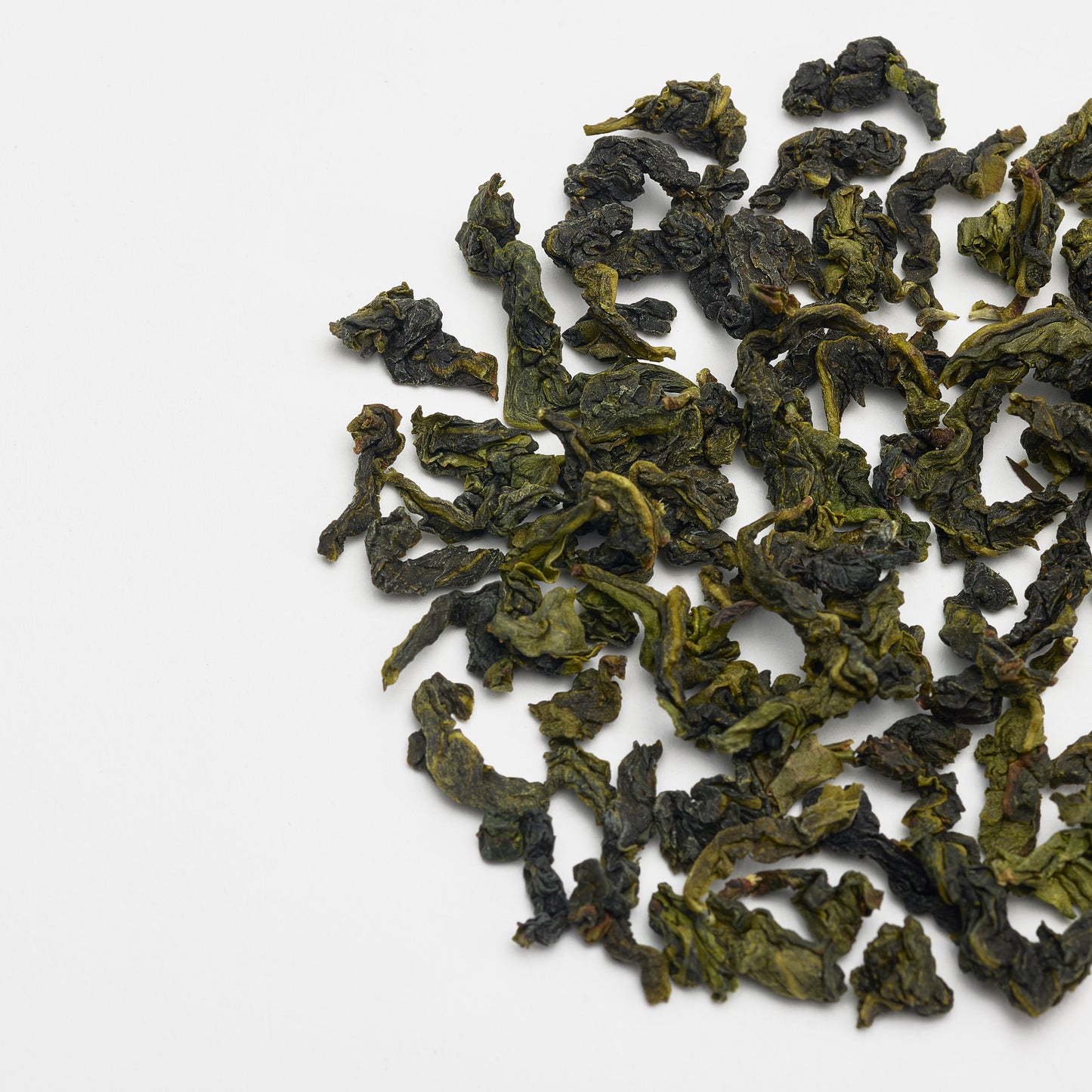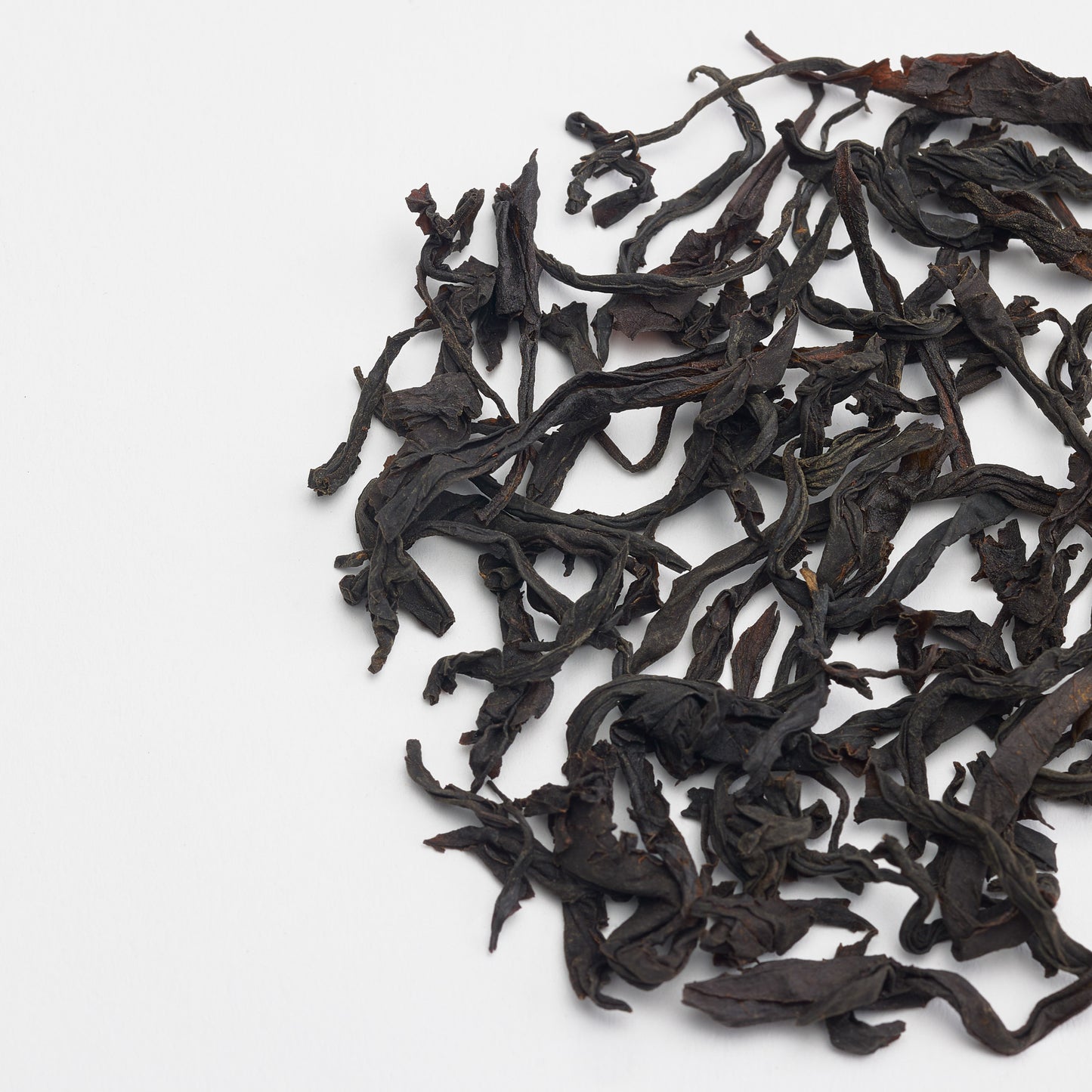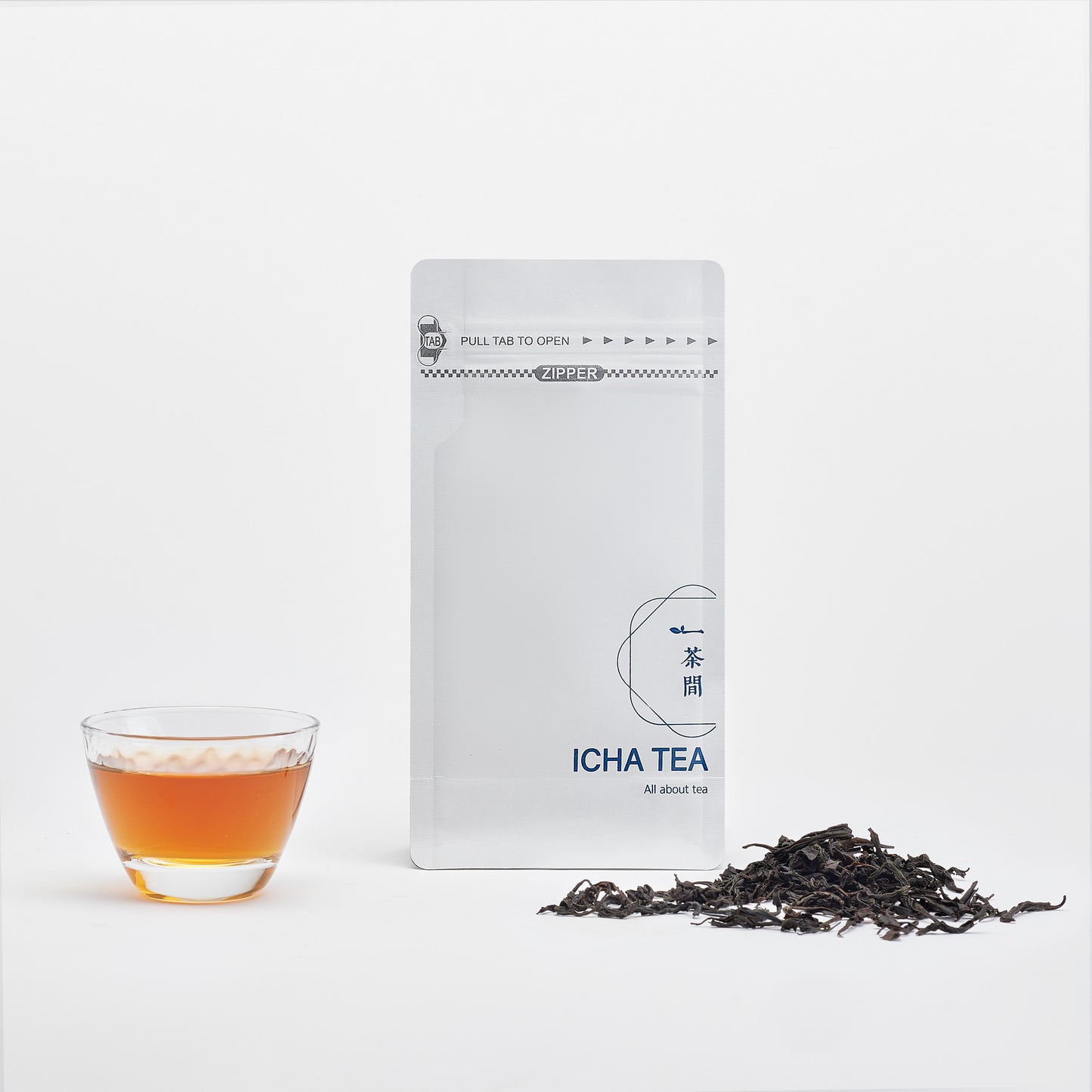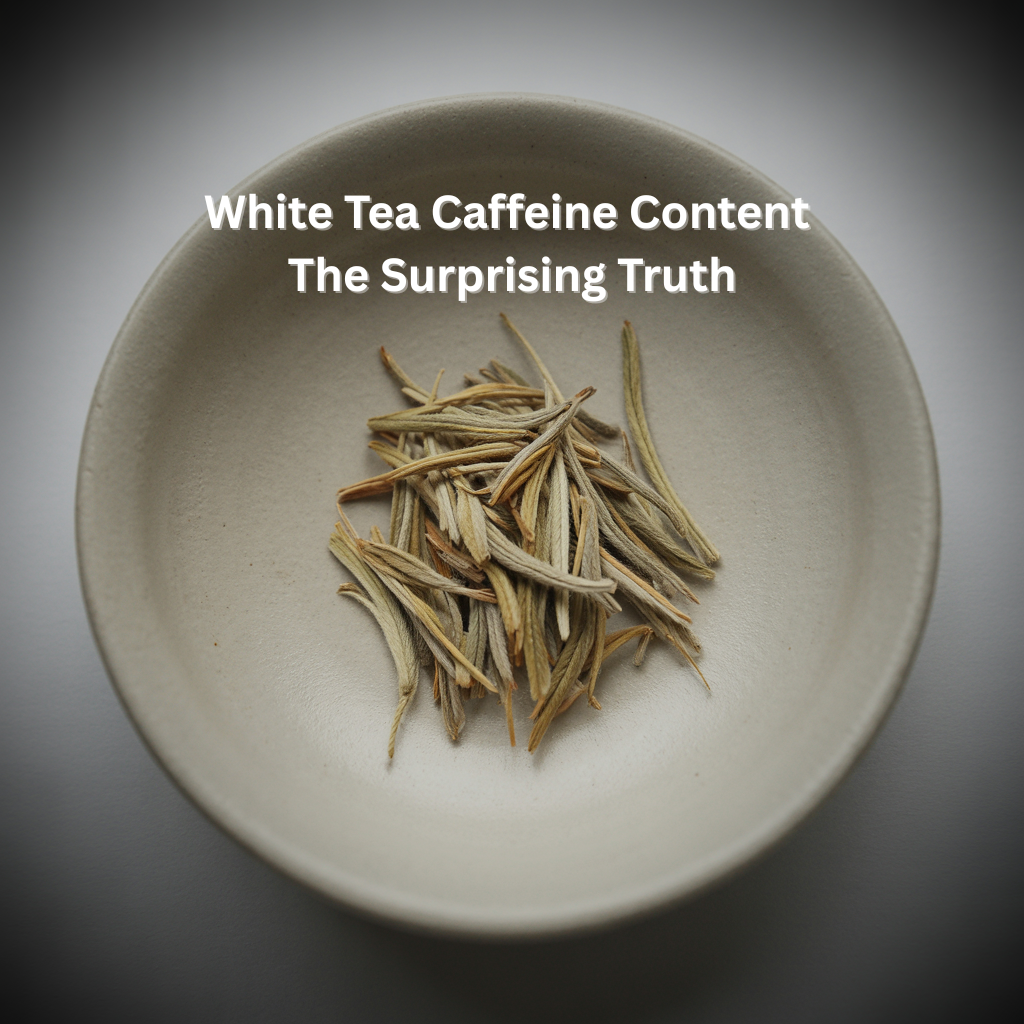
Picture the youngest, most tender buds on a tea plant: tiny silver-haired shoots that haven't yet unfurled into leaves. Logic might suggest these delicate tips would contain minimal caffeine, however it appears the opposite is true. Tea plants channel their highest concentrations of protective compounds, including caffeine, precisely into these vulnerable buds. This counterintuitive discovery challenges one of the tea world's most persistent myths about white tea being a naturally low-caffeine option. Silver Needle white tea, crafted exclusively from these spring buds, often contains more caffeine than many green teas. This article will outline the key factors that affect caffeine content in white tea and provide some context when comparing to other types of tea and beverages.
Understanding Caffeine in Tea: The Basics
Why Tea Plants Produce Caffeine
Tea plants invest extraordinary energy into protecting their most precious assets, the young buds that will become future leaves. These tiny shoots, bursting with potential, represent the plant's investment in growth and survival. To safeguard them from insects, cold stress, and other threats, the plant loads these buds with its highest concentrations of defensive compounds, including caffeine.
This bitter alkaloid serves as nature's pesticide, deterring pests from munching on vulnerable new growth. The concentration is so pronounced that buds can contain significantly more caffeine than mature leaves on the same plant. It's a clever evolutionary strategy: protect what matters most with the strongest defense.
The seasonal timing amplifies this effect. Spring's first flush, when plants emerge from winter dormancy, triggers maximum alkaloid production. These early-season buds, prized for Silver Needle production, represent higher caffeine concentration which is nature's way of ensuring the survival of new growth during a critical period.
The L-Theanine Connection
What makes tea's caffeine unique isn't just the compound itself, but its partnership with L-theanine, an amino acid found almost exclusively in tea plants. This combination creates what researchers call "calm alertness" which is focused energy without the jitters commonly associated with coffee consumption. L-theanine moderates caffeine's effects, slowing its absorption and smoothing out the energy curve.
This synergistic relationship explains why white tea feels calming despite its potentially moderate caffeine content. The presence of L-theanine doesn't reduce caffeine levels. It simply changes how your body experiences caffeine, creating sustained focus rather than sharp peaks and crashes.

Factors That Determine White Tea's Caffeine Content
There's confusing information about white tea caffeine levels available online. While some sources claim Silver Needle tea has higher caffeine in the tea bud leaves, others argue that the silver hairs on buds are hydrophobic and extract less caffeine during brewing. The main distinction made here is that caffeine content in leaves versus caffeine extracted into your cup is different.
Caffeine Levels Extracted Into the Cup
- White tea contains 15-47mg of caffeine per 8oz cup
- This wide range depends on multiple brewing and processing factors
- While white tea leaves may contain similar caffeine to other teas, the brewed cup generally has lower caffeine due to gentler brewing methods
Key Factors:
Tea Type/Grade:
- Silver Needle (Bai Hao Yin Zhen): Contains less extracted caffeine despite being pure buds, which have higher caffeine content in the leaves. - the hydrophobic silver hairs make caffeine extraction difficult
- White Peony: Moderate levels due to bud and leaf combination
- Later harvest white teas: Lower caffeine from mature leaves
Processing Variables:
- Brand differences: Processing and harvesting techniques create caffeine variations
- Leaf size: Loose leaf tea typically extracts less caffeine than crushed tea bag leaves
- Storage: Fresh white tea maintains caffeine while aged varieties gradually lose potency
Brewing Parameters:
- Temperature: Steeping above 194°F (90°C) dramatically increases caffeine extraction
- Time: Steeping over 7-10 minutes significantly boosts caffeine content
- Traditional method: 70-80°C water and 2-3 minute steeping extracts less caffeine despite high leaf content
Summary: Compared to other caffeinated beverages, white tea remains a lower-caffeine option, especially when brewed traditionally at lower temperatures for shorter periods.
Processing and Storage Effects
White tea's minimal processing (withering and drying) preserves whatever caffeine exists in the fresh leaf. Unlike roasted teas where high heat can degrade some caffeine, or heavily oxidized teas where chemical changes occur, white tea maintains its original alkaloid profile. This preservation of natural compounds contributes to white tea's reputation for retaining the plant's inherent properties, similar to green tea.
Growing conditions also influence caffeine content. Shade-grown teas like gyokuro demonstrate how environmental stress increases caffeine production, but most white teas grow in full sun. However, altitude, soil composition, and seasonal weather patterns all affect how much caffeine the plant produces in its buds and leaves.
Storage impacts caffeine over time. Fresh white tea maintains stable caffeine levels for several years when properly stored. However, aged white teas, prized for their honeyed sweetness, gradually lose caffeine content through slow degradation. This offers a naturally lower-caffeine option for those seeking it.

Using a tea tin maintains the freshness of white tea and loose leaf teas in general
Extracted Caffeine Content Comparison
Understanding white tea's caffeine content requires context. Most studies use 2g of loose leaf tea for evaluation and the average tea bag has 1.5-3g crushed leaves. The range below for white tea, green tea and black tea is based on 3 steeping times, 1 minute, 3 minutes, and 5 minutes with a 6oz serving size. For oolong tea, coffee and matcha, the serving size is 8oz. There are variations between different brands, so an average is taken. The following numbers are based on this study, which looks at the caffeine content of white tea, green tea and black teas. We used these sources for oolong, coffee, and matcha. Here's how white tea compares to other types of tea and coffee:
| Beverage | Average Caffeine (mg) | Range (mg) | Key Variables |
|---|---|---|---|
| White Tea | 23-47 (6oz) | 15-47 (6oz) | Water temperature, brewing times, amount |
| Green Tea | 25-46 (6oz) | 20-46 (6oz) | Processing, water temp, brewing times, amount |
| Black Tea | 40-61 (6oz) | 25-61 (6oz) | Leaf size, strength, brewing times, amount |
| Oolong Tea | 25-55 (8oz) | 16-55 (8oz) | Oxidation level, brewing time, amount |
| Coffee | 95-165 (8oz) | 95-200 (8oz) | Bean type, brewing method, amount |
| Matcha | 70-90 (8oz) | 38-176 (8oz) | Amount: 2g or 4g per serving, quality |
Optimizing Your White Tea Experience
For Lower Caffeine Intake
Choose mature-leaf white teas like traditional White Peony or summer harvest whites if caffeine sensitivity concerns you. These teas, made from larger leaves rather than buds, naturally contain less caffeine while maintaining white tea's characteristic smoothness and subtle layers.
Brewing adjustments offer additional control. Use cooler water (65-70°C), shorter steeping times (1-2 minutes), and less leaf (1-2 teaspoons per cup). Some practitioners employ a "rinse and discard" method—briefly washing the leaves with hot water before the actual brew. This does sacrifices some flavour along with caffeine.
Consider timing as well. White tea's caffeine, moderated by L-theanine, provides sustained energy rather than sharp peaks. Morning consumption allows you to enjoy this gentle stimulation without evening interference. Pairing white tea with food also slows absorption, further smoothing the caffeine's effects.
For Consistent Energy
Standard brewing parameters (75-80°C water, 3-4 minute steep) provide reliable caffeine extraction while preserving white tea's nuanced flavours. Morning consumption allows you to enjoy the sustained energy throughout your day without affecting sleep patterns.
Making Informed Decisions
When White Tea Works Best
White tea excels as an afternoon pick-me-up that won't interfere with evening relaxation. Its L-theanine content makes it ideal for focused work sessions or creative pursuits. For coffee-sensitive individuals seeking alertness without anxiety, white tea's balanced stimulation offers an excellent alternative.
When to Choose Caffeine-Free Alternatives
True caffeine sensitivity may require genuinely caffeine-free options like rooibos or chamomile. Pregnant individuals and those with certain medical conditions should consult healthcare providers about appropriate caffeine intake. For evening enjoyment, herbal tisanes like chrysanthemum tea provide flavourful alternatives without sleep disruption concerns.
You Might Also Enjoy
- 10 Extraordinary Oolong Tea Types
- Side Effects from Drinking Tea - What You Need To Know
- What Are The Differences Between White Tea and Green Tea?
- What Is White Tea? Beginners Guide to the Basic
- The Art and Science of Oolong Tea
References
- Chin, J.M., Merves, M.L., Goldberger, B.A., Sampson-Cone, A., and Cone, E.J. "Caffeine content of brewed teas." Journal of Analytical Toxicology, Volume 32, Issue 8, pages 702-704, 2008.
- Carloni, P., Tiano, L., Padella, L., Bacchetti, T., Customu, C., Kay, A., and Damiani, E. "Antioxidant activity of white, green and black tea obtained from the same tea cultivar." Food Research International, Volume 53, Issue 2, pages 900-908, 2013.
- Streit, L. (2022, May 13). Does matcha contain caffeine? Healthline. https://www.healthline.com/nutrition/does-matcha-have-caffeine
- Friedman, M., Kim, S. Y., Lee, S. J., Han, G. P., Han, J. S., Lee, K. R., & Kozukue, N. (2005). "Distribution of catechins, theaflavins, caffeine, and theobromine in 77 teas consumed in the United States." Journal of Food Science, 70(9), C550-C559.
- Tulali, R. (2024, March 2). "The in-depth guide to silver needle white tea." Tea Curious. (Originally published November 15, 2017)
- Streit, L. (2022, May 13). "Does Matcha Contain Caffeine?" Healthline.

